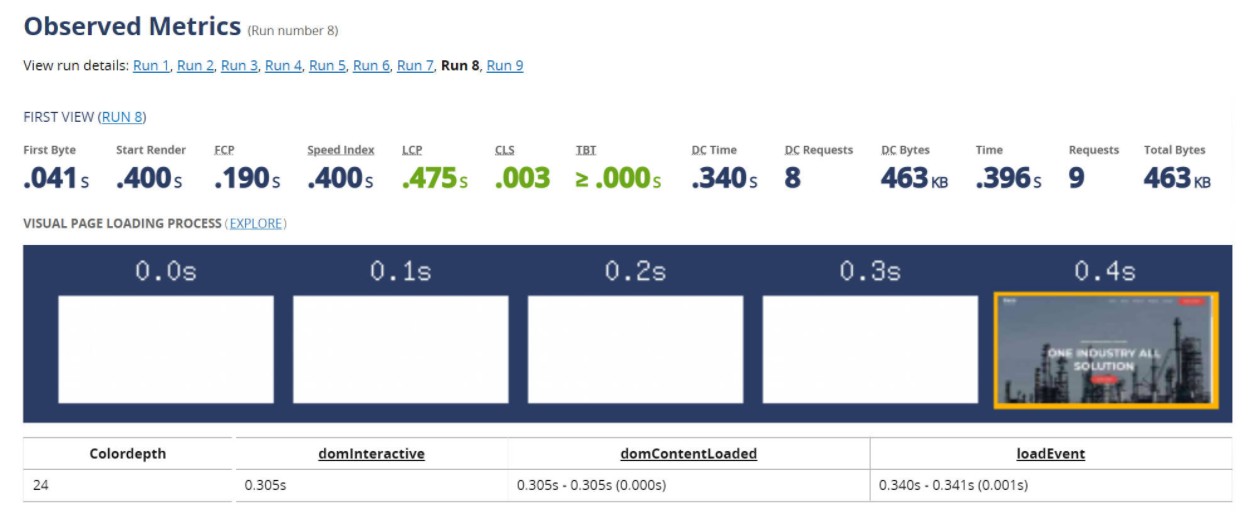How Litespeed Cache Vs. Wp Rocket can Save You Time, Stress, and Money.
Wiki Article
Everything about Litespeed Cache Vs. Wp Rocket
Table of ContentsThe 30-Second Trick For Litespeed Cache Vs. Wp RocketThe Of Litespeed Cache Vs. Wp RocketWhat Does Litespeed Cache Vs. Wp Rocket Do?About Litespeed Cache Vs. Wp RocketThe 6-Minute Rule for Litespeed Cache Vs. Wp Rocket
Some motifs are much cleaner and more optimized than others. They have a smaller documents size, making them less complicated to fill. That also indicates they have less bells and whistles (think of animation or specialized layout patterns) contrasted to others that are a bit extra. Yet that's a good trade-off if you want much better filling efficiency.
If you're running your website on Word, Press, you're definitely making use of plugins and widgets to add capabilities to your site. Every plugin you set up adds a bit of code to your page, making it heavier than it should be.
Let's claim your server is based in Australia, but you have many visitors from India. Instead of sending files directly from Australia, the CDN can send out data from a web server in India, making this process faster and more effective. Redirects are an all-natural component of any kind of site, and there's absolutely nothing incorrect with them.
Not known Factual Statements About Litespeed Cache Vs. Wp Rocket
They won't considerably reduce you down. In the instance of redirect chains, they will. By linking as close to the last destination as possible, you prevent producing way too many redirects and hence, minimize your internet site's tons. Unsurprisingly, several of the best sources for optimizing your web site are from Google.It summarizes the individual experience of visitors to your site, demonstrating how lots of Links pass or fail Core Internet Vitals and various other web page experience signals. Lighthouse, for Google Chrome This is one of one of the most advanced performance measurement tools readily available and fantastic for benchmarking. Web, Web Page, Test This tool supplies a waterfall diagram of just how all the possessions load on your web site.
Every customer is different. Locate out that your users are, just how they access your site, and what they do while they're there.
Use the suggestions to get started on improving your web page rate, however do take these with a grain of salt. They are great starting points, but there is so a lot extra you can do!

This will certainly decrease latency and result in renovations to your web page rate because it lowers any type of opportunity of a delay or the number of round trips produced.
All about Litespeed Cache Vs. Wp Rocket
As web page modern technology, like the growth and vast usage of Java, Script collections, has progressed gradually, the usage of this technology has actually been solidified by the rate, or bandwidth, of Net connections and the handling and memory sources of gadgets. In brief: the a lot more information and resources the web server sends out to the browser, the longer it requires to supply the "plan" across an internet link and the slower the page will certainly be aesthetically rendered in the web internet browser and become useful.
This is so when a site visitor visits this website once again, it does not need to refill the entire web page. This advantages web page speed, as this saves money on time invested sending numerous HTTP demands to the web server. A fringe benefit is the reduction of bandwidth and consequently the total price of hosting your site.
This will lower latency and outcome in renovations to your page speed due to the fact that it reduces any opportunity of a delay or the number of round trips created.
As website technology, like the development and wide use of Java, Manuscript collections, has actually progressed over time, using this modern technology has actually been tempered by the speed, or data transfer, of Web connections and the special info handling and memory resources of tools. In short: the much more data and resources the web server sends out to the browser, the longer it takes to deliver the "plan" throughout an internet link and the slower the web page will certainly be visually made in the web browser and end up being functional.
Page speed influences traffic across all channels and resources, yet given that Google has actually led innovations in operation page rate in internet search ranking formulas, reducing latency has actually come to be a core part of search engine optimization. While anything useful reference that includes time to the web page making procedure is a page speed aspect, there are a number of issues that are most common: The time in between when the customer or internet browser demands the web page and the preliminary reaction from the server is called the web server feedback time, likewise determined as Time To First Byte (TTFB), or the time at which the web server sends out the initial information that the web browser can use to construct and provide the web page.
Report this wiki page